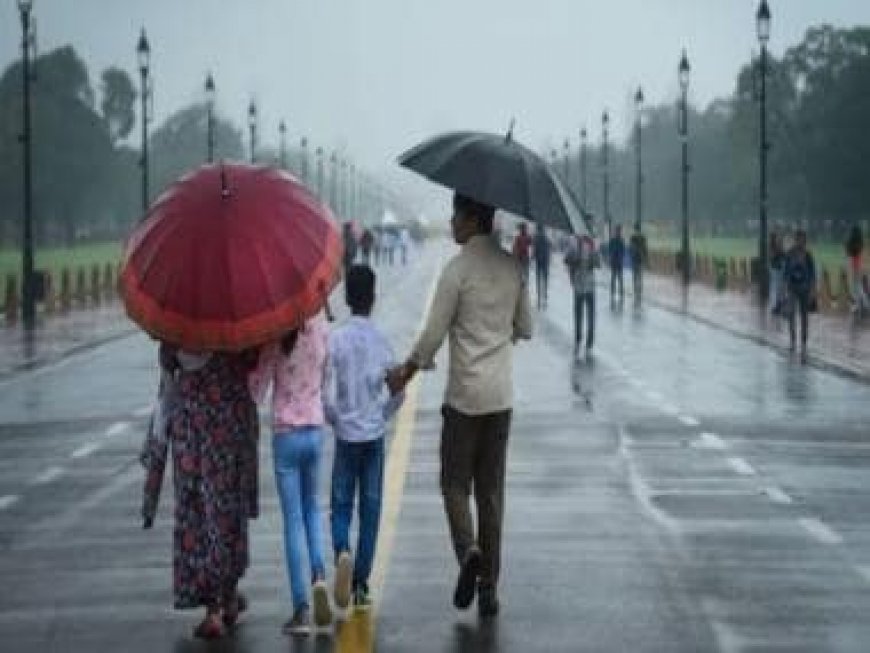'Thank god... no thanks to govt': SC chides political class as chance rains lower air pollution in Delhi-NCR
'Thank god... no thanks to govt': SC chides political class as chance rains lower air pollution in Delhi-NCR

The Supreme Court Friday slammed the Delhi government for doing nothing to curb air pollution in the national capital. Referring to the overnight rain in the city it said, “God many have heard the prayers of people and intervened, no thanks to the government.”
“The people (of Delhi) have to pray only, sometimes wind comes and helps, and sometimes rains,” Justice Sanjay Kishan Kaul said.
Delhi’s air quality saw a rapid improvement on Friday morning following overnight rain. Showers helped clear the haze that had been lingering over Delhi-NCR for over 10 days.
At 9 am on Friday, Delhi’s AQI stood at 376, from 408 at 7 am and 460 at 11 pm on Thursday. The air quality is expected to improve further due to wind speed favourable for the dispersion of pollutants.
Light to moderate rainfall also occurred in Noida, Gurugram and other adjoining areas.
On Tuesday, the Supreme Court questioned the effectiveness of the Delhi government’s odd-even scheme, aimed at curbing vehicular pollution, and referred to it as “all optics”.
Stringent restrictions mandated under the final stage of the Centre’s air pollution control plan for Delhi-NCR — Graded Response Action Plan (GRAP) — have also been implemented in the national capital.
The restrictions under stage IV of the GRAP, including a ban on all kinds of construction work and the entry of polluting trucks into Delhi, took effect on Sunday after the air quality in the city dropped to “severe plus” (AQI above 450) levels.
The GRAP categorises actions into four stages: Stage I — Poor (AQI 201-300); Stage II — Very Poor (AQI 301-400); Stage III — Severe (AQI 401-450) and Stage IV — Severe Plus (AQI above 450).
Unfavourable meteorological conditions, combined with vehicular emissions, paddy-straw burning, firecrackers and other local pollution sources, contribute to hazardous air quality levels in Delhi-NCR during winter.
According to a Delhi Pollution Control Committee (DPCC) analysis, the capital experiences peak pollution from November 1 to November 15, when the number of stubble-burning incidents in Punjab and Haryana increases.
With inputs from agencies
What's Your Reaction?



























































